Debating the youth two-person dinghy
Published on May 31st, 2023
The relationship in the USA between the International 420 and Club 420 can be awkward. The I420 came along first, and is the benchmark boat for introducing technical skills to youth sailors. The C420 is an institutional version – heavier, simpler, more affordable – which focuses on participation.
The C420 Class deserves a lot of credit for introducing young people to doublehanded sailing, and it has provided a platform for high school and college sailing. While it won’t teach much about rig tuning and sail trim, it offers big fleet racing for starting and tactical training.
The shared DNA between these 14-footers is fodder for debate on what best serves the youth sailor, with Larry R. Law, recently retired President of the US I-420 Class Association (22 years), offering his take on the landscape:
A well-rounded set of experiences on the water, in and out of competitive boats, is needed for young sailors to develop a life-long love of sailing.
Granted, the I-420 (now over 60 years as a primary World Sailing Class doublehander) has a competitive bent to its history, there are nearly 5000 active boats in the Class from approximately 30 countries around the Globe for a reason.
The rest of the World does not have the C420 of which most every USA yacht and sailing club owns at least some for basic courses, and certainly no real organized high school or college sailing pursuits. There is little threat for the I-420 to replace the C420 over this next millennia in the USA, and while the I-420 is less available today, its impact on sailing skills in general is pretty impressive.
The US Youth Championships, which switched from the C420 to the I-420, will turn out better sailors. These sailors from the USA have shown this in their performance during the Youth Sailing World Championships of the recent past – which is good for the competitive sailors. But there is more to it than mere competition.
The I-420 has proven itself to be one of the best training platforms for a youth boat that has existed. As I look at the population of I-420 sailors, I have come to know the past two decades, I am impressed by the variety of boats and fleets they now choose to sail in – for fun and competition.
Going back to the early days of the Class in the USA (1960s), many famous names learned rig and sail tuning, boat dynamics, tactics and boat handling at a level not available in sailing the basic C420 or other platforms. It has made the I-420 a real source of better sailing skills no matter where your sailing desires take you.
The average sailors in the USA has about a 2-to-4-year life-span in the “I” before they either decide to become a serious competitor or just a sailor. Olympic Sailing and World Competition is certainly one path, but the majority just go on to be recreational sailors. As I scan the rosters of events all over the Country/World, I see I-420 alumni sailing/cruising in many fleets/boats – some competitively, some just for fun.
Part of that migration to the future beyond youth sailing comes from the skills learned in a boat like the “I”. Skills that make a better sailor whether it’s on a TransPac adventure, doing Beer Can races on Wednesday evenings, the Chicago to Mac, or just sailing with the family on their Beneteau. A lot more has come out of the I-420 than our Stu McNay, David Hughes, and Carmen and Emma Cowles in Olympic pursuits.


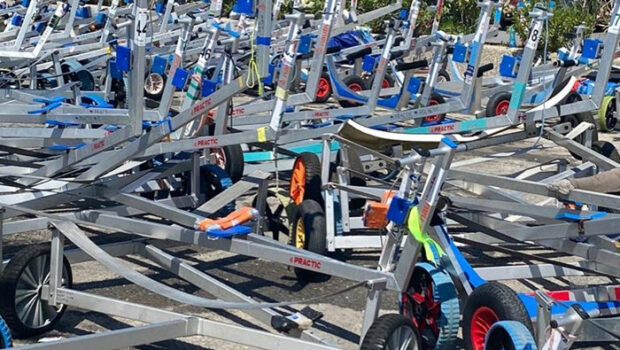

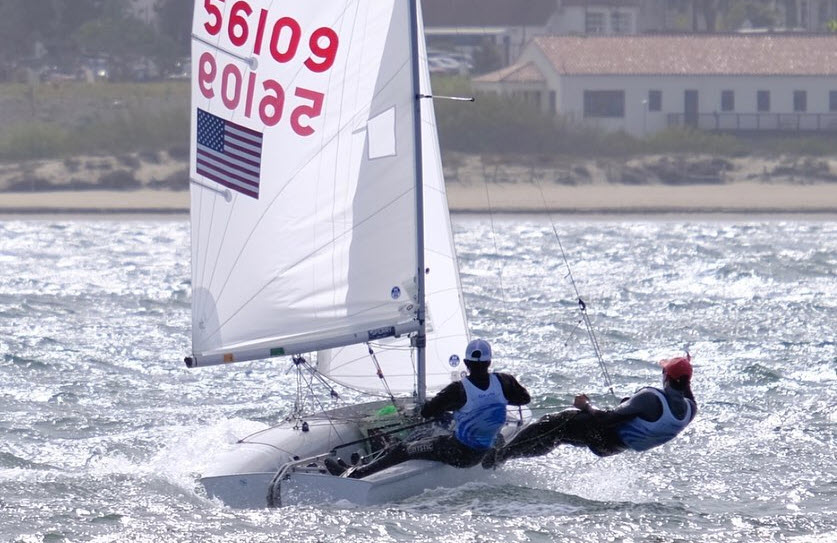
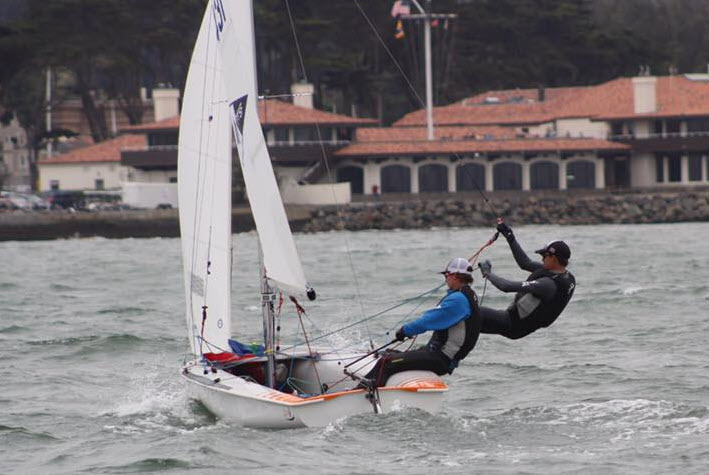

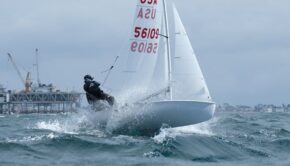
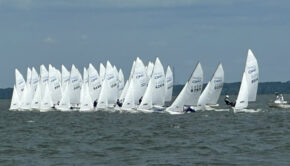
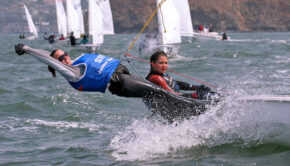
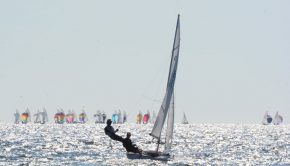
 We’ll keep your information safe.
We’ll keep your information safe.